These Drone-Lit Photos of the American West Are Straight Out of a Science Fiction Novel
Photographer Reuben Wu casts new light on a familiar world
It is hard to deny the splendor of a star-studded Milky Way. Yet images of starry nights, like Grand Canyon sunsets, abound—so much so, it is easy to become numb to their beauty. In the words of photographer Reuben Wu, "we are overwhelmed every day by images of the familiar."
This proliferation of beautiful, but familiar images, inspired Wu's latest project, "Lux Noctis," a series of landscapes in the western United States lit by drone. By highlighting specific elements of a landscape, rather than relying on the sun or moon, Wu renders them unfamiliar, unexpected and otherwordly.
Wu developed the concept for "Lux Noctis" last year on assignment. Wanting to light a car from above, he strapped an LED strip to a drone. As light fell from the sky, Wu realized that using drones as lights (as opposed to cameras) could be the start of a bigger project.
After sitting on the idea, he identified a range of locations to shoot by night, from New Mexico's Bisti Badlands to the Valley of the Gods in Utah, and set out to visit them in February and March. For Wu, who grew up in England, the American West has always been a "sublime" and "exotic" place, and seemed a fitting choice.
To light his compositions, Wu used a Fiilex AL250 light attached to a GPS-enabled 3DR Solo drone, and shot with a Phase One XF 100MP camera. In order to set up, he reached each site with daylight to spare, then waited for the short two-hour or so window between dusk and moonrise. Limited by time and the battery power of his drone, Wu took only a handful of exposures at each site, repositioning the drone for each shot.
All of the sites were remote, and many devoid of cell service. Working in complete darkness, save the light of his drone — sometimes so far away it looked like a star — felt “like being in a science fiction film set,” he says.
Back in his studio, Wu tried to remember that feeling when stitching together elements of light and dark from different exposures.
He cites 19th-century Romantic painting as an influence. “I’m very inspired by the idea of awe and terror that you get from natural locations and events,” Wu says. “The paintings of Caspar David Friedrich are a huge inspiration. He was the first painter to paint landscape in a...slightly scary, slightly bleak, dark way. His philosophy was to take what he saw with his inner eye and to share it with reality.”
In two of Wu's images, the figure of a man (his friend) appears — a mere speck in a sea of landscape. The decision to introduce a familiar element was a decision of scale, he explains: “A lot of my work deals with the idea of geological time and how human history is such a tiny blip in that timeline. The earth existed without us for such a huge, vast amount of time that what we really see is an alien planet.”
Wu plans to expand “Lux Noctis” and hopes to photograph a coastal headland next.
“We simply forget how amazing the planet is,” he reflects. “Everyone is raving about how amazing Mars is. It really is nothing on what we have.”
/https://tf-cmsv2-smithsonianmag-media.s3.amazonaws.com/accounts/headshot/Screen_Shot_2018-08-01_at_7.20.11_PM.png)
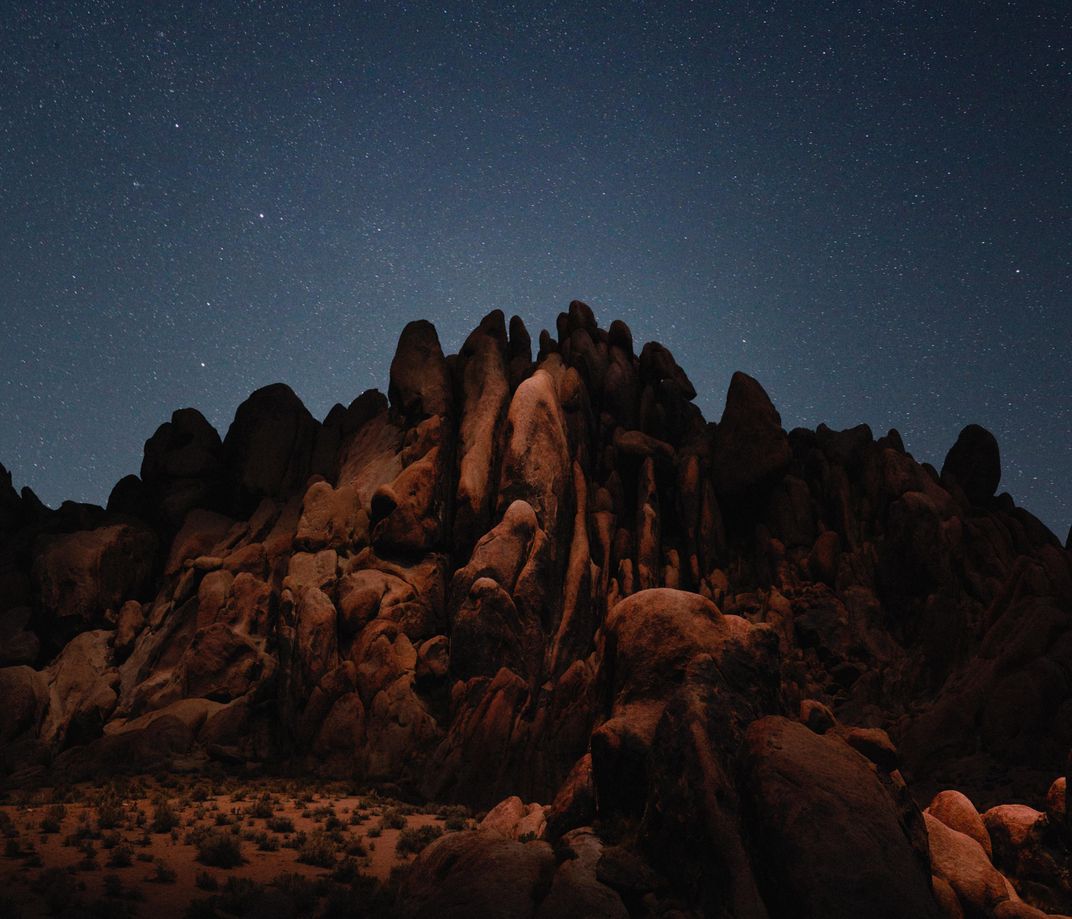
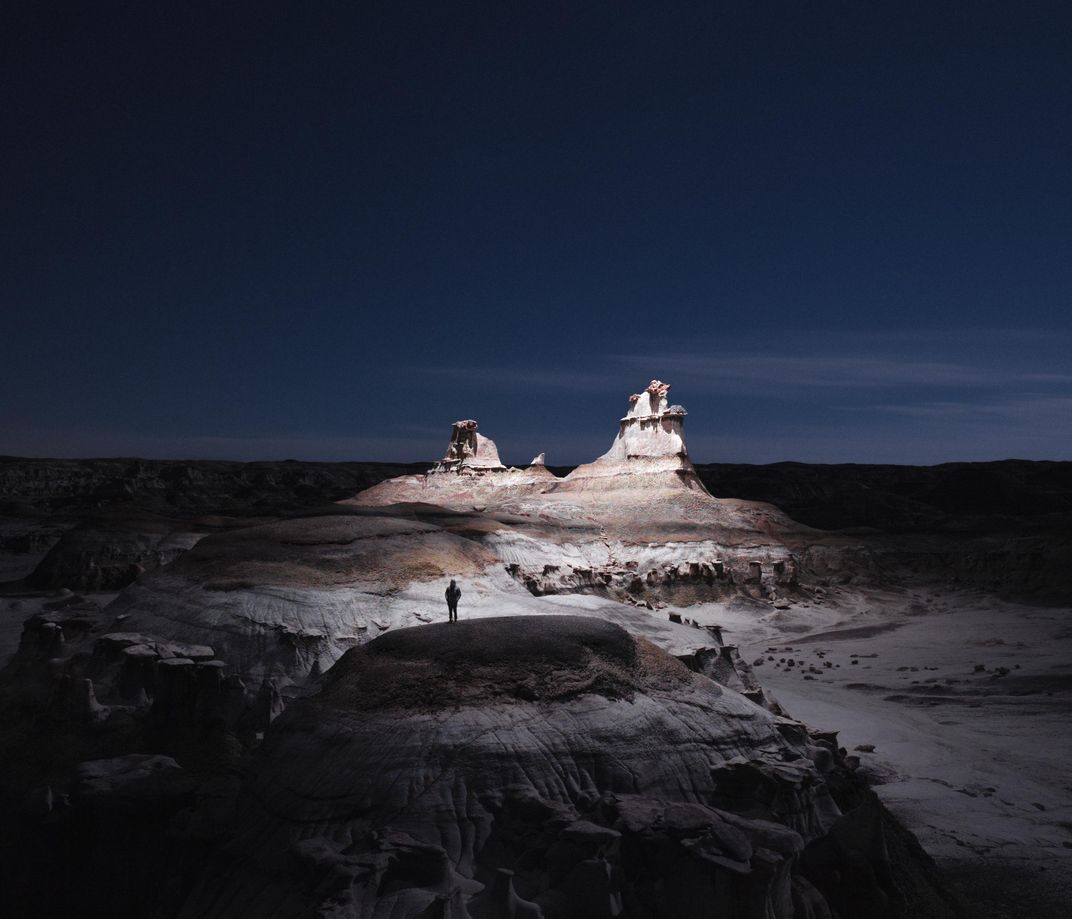
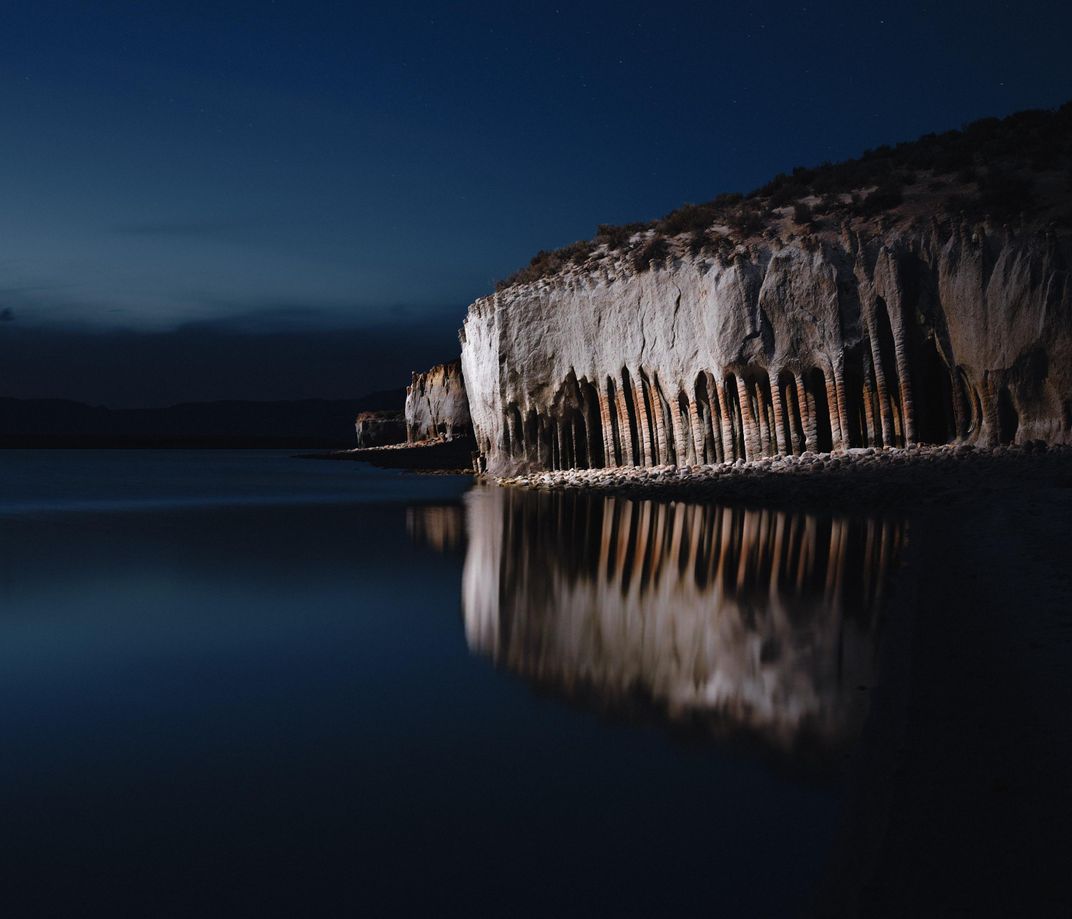
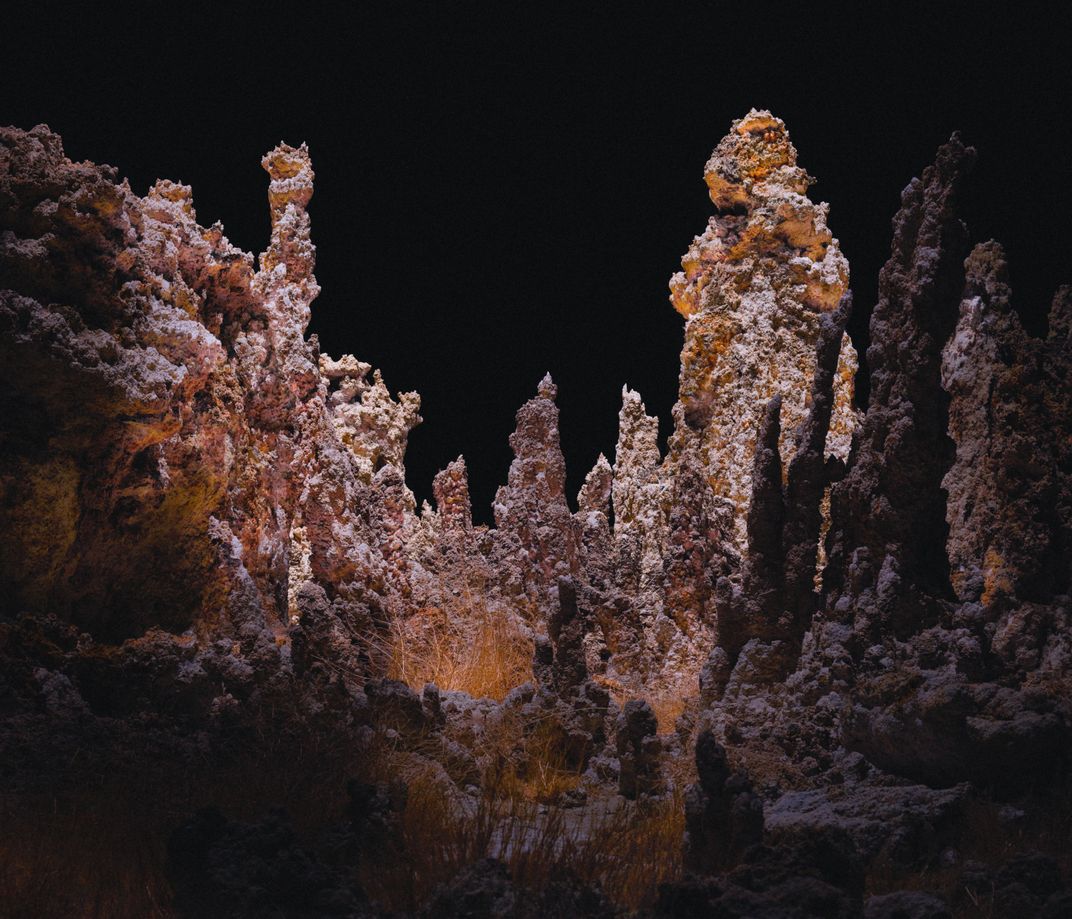
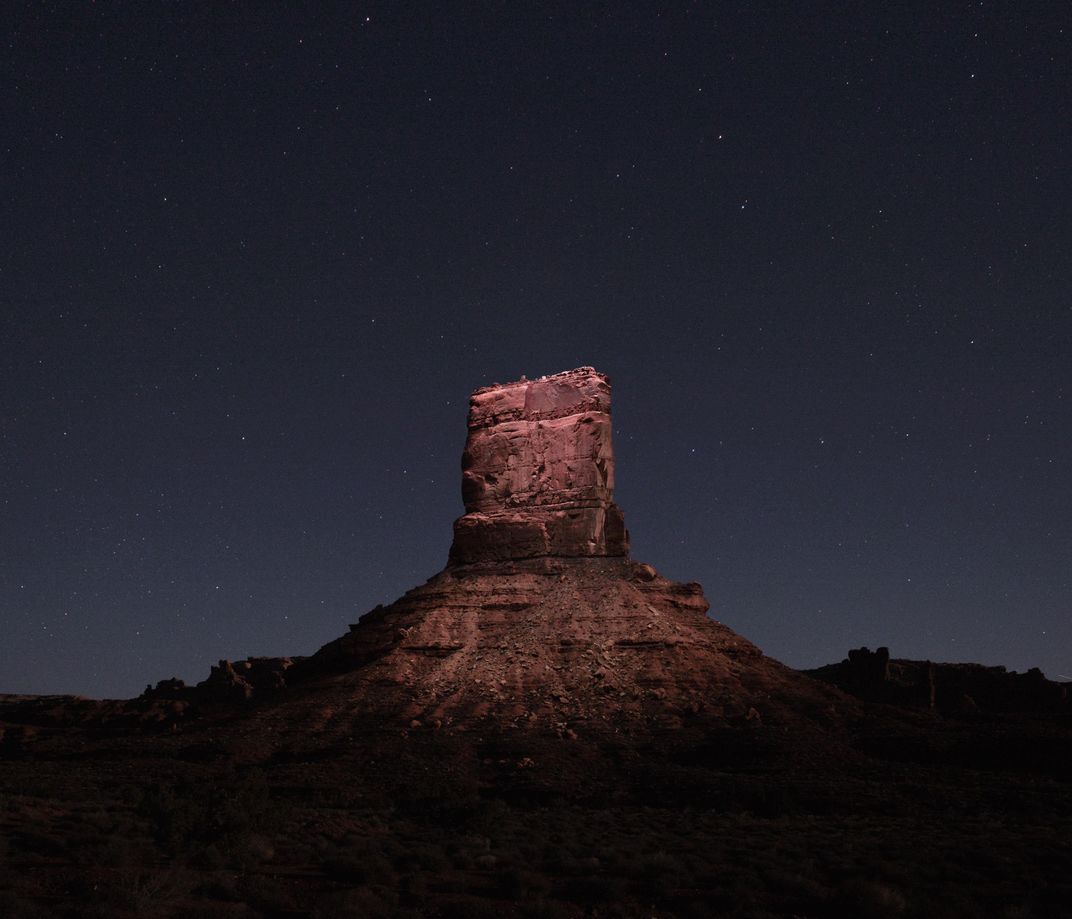
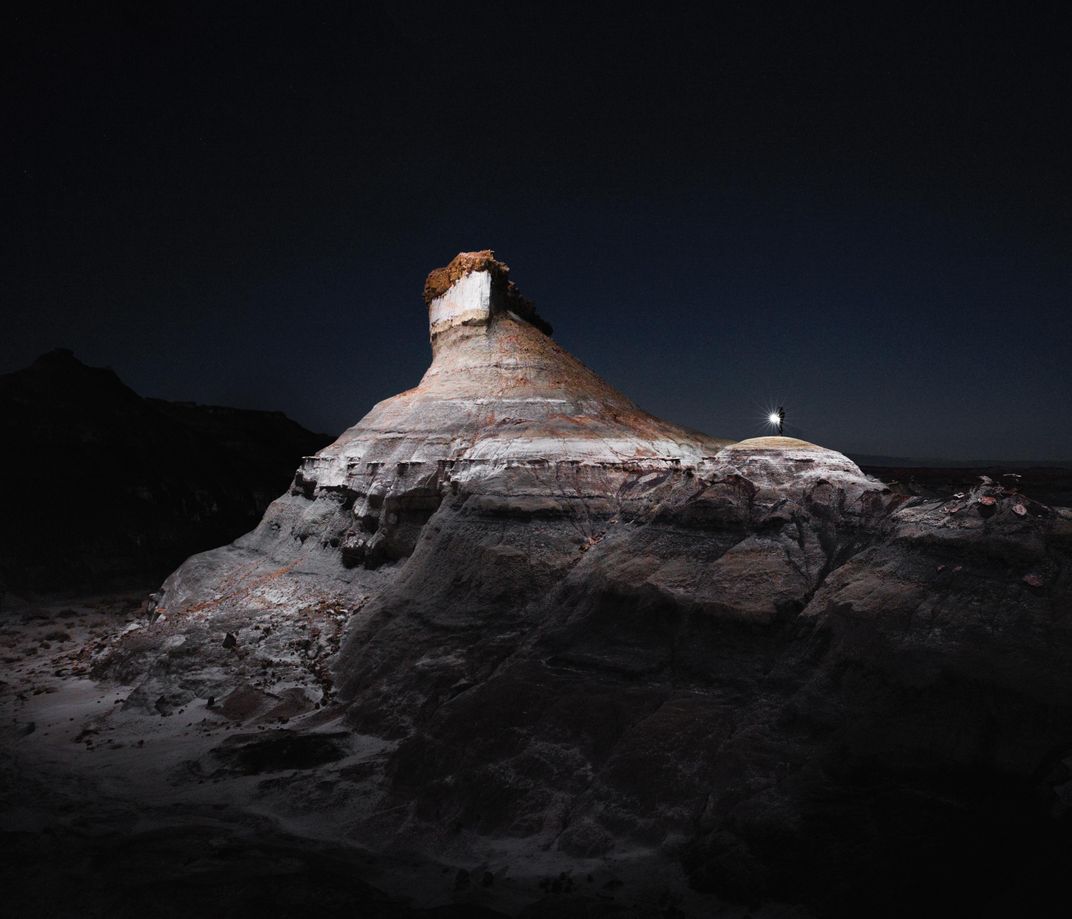
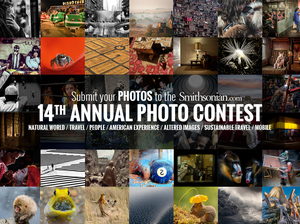
/https://tf-cmsv2-smithsonianmag-media.s3.amazonaws.com/accounts/headshot/Screen_Shot_2018-08-01_at_7.20.11_PM.png)